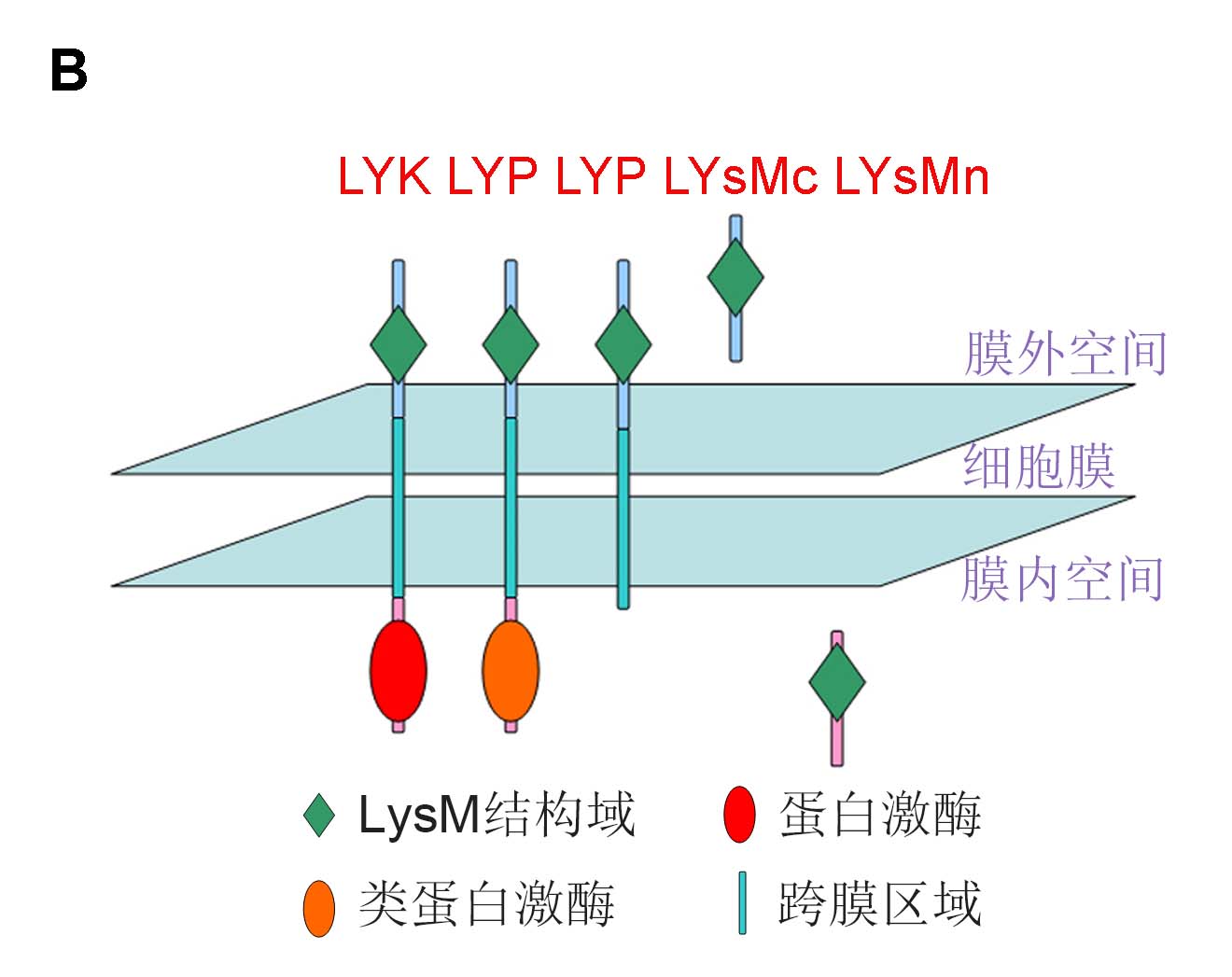During evolution, complicated interactions were formed between plants and fungi. The most common form is infection and defence. Recently, studies have focused on this area because of its effect on yield and quality of crops and forest trees. Perception of a pathogenic fungus at the cell surface is an important step in plant immunity. A conserved domain called LysM plays a central role in this process. Plants recognize pathogenic fungi by LysM-contained cell-surface receptors. These receptors can bind with chitin, the main component of the fungal cell wall, and deliver signals into the cell to initiate the immune response. However, some pathogenic fungi evolve LysM effectors to avoid being recognized by the host. Here, we summarize current research into the LysM domain in plants and fungi, emphasize the significance and future directions, and discuss how to develop high efficiency breeding for disease resistance.
JIANG Cong
,
HUANG Min-Ren
,
XU Li-An
. LysM Domains and Its Roles in Plant-Fungus Interactions[J]. Chinese Bulletin of Botany, 2014
, 49(2)
: 221
-228
.
DOI: 10.3724/SP.J.1259.2014.00221


